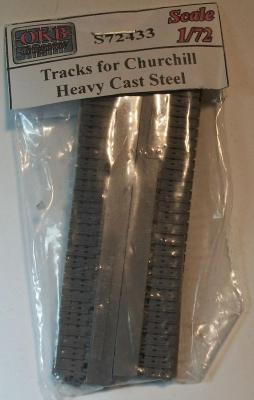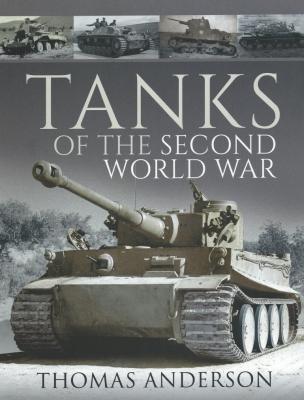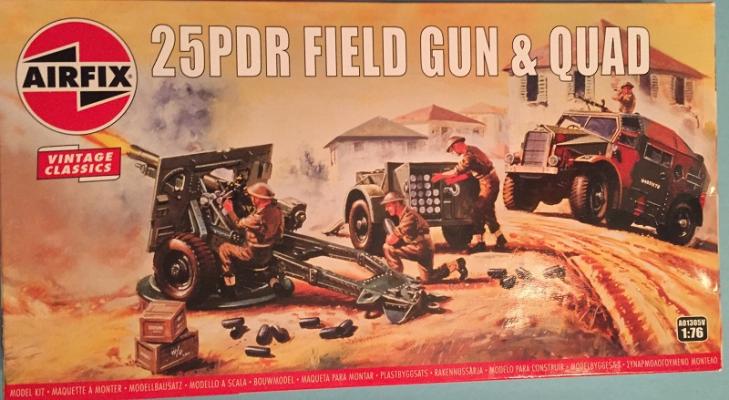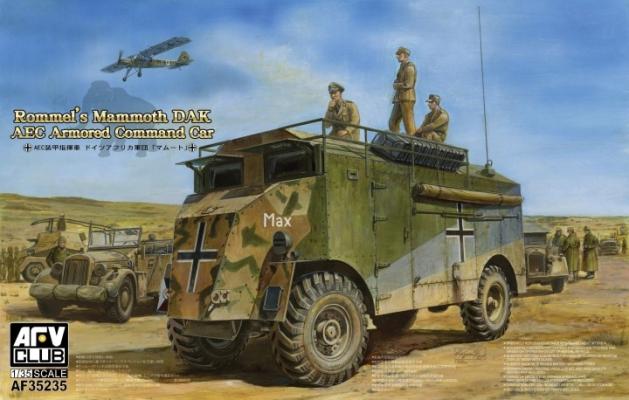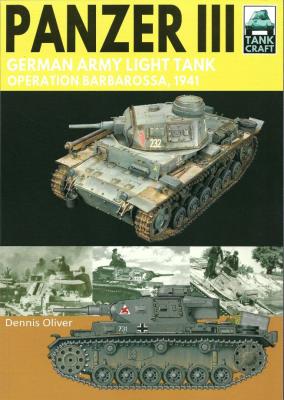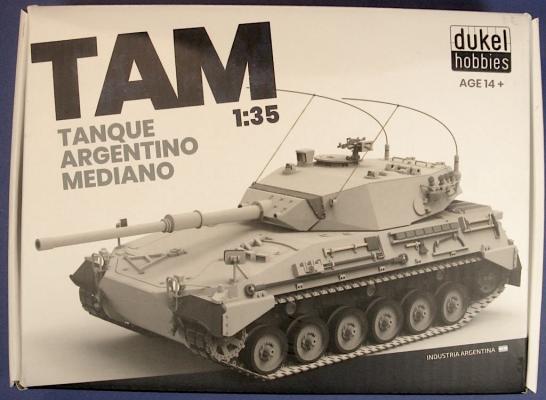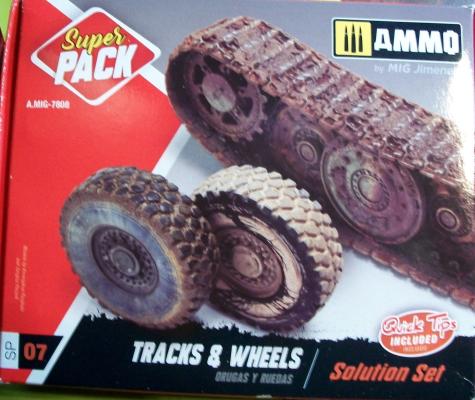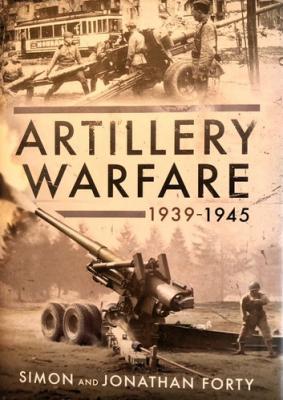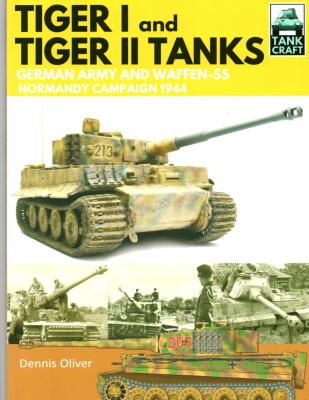This product is replacement resin tracks for any 1/72 Churchill Tank kit that you want to use the Heavy Cast tracks on.
The set includes 6 light grey resin strips of track more than enough for a single tank.
The detail is excellent and vey little flash and a breeze to cut of the runners.
The tracks are easily formed using a hair dryer to apply heat then form the track on the track rollers, wheels and Sprockets.
They are a great replacement for the rubber tracks supplied with the majority of the 1/72 scale kits on the market.
I recommend these parts are a great addition to any 1/72 Churchill tank model kit.
Thanks go to OKB Grigorov for providing this set to review and IPMS USA for allowing me to review it for them.

